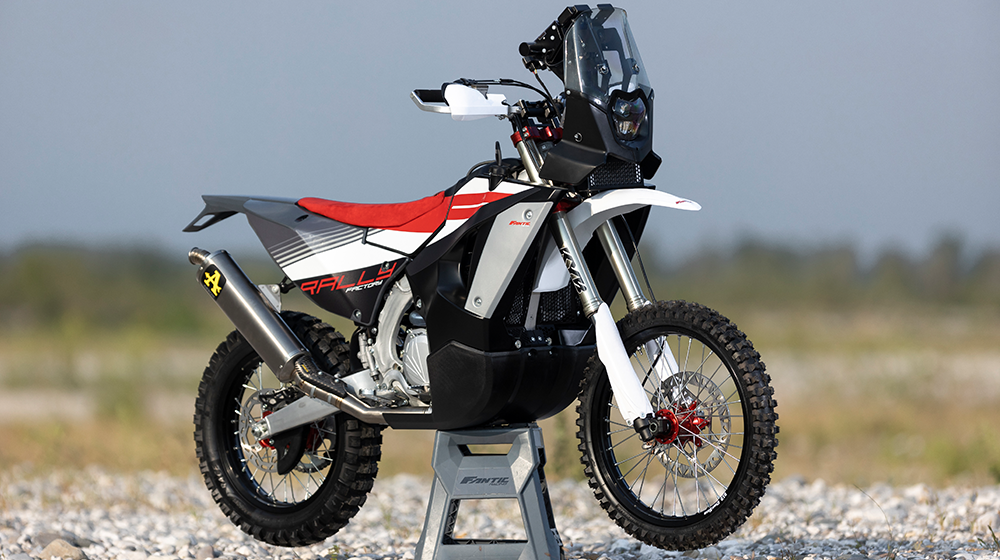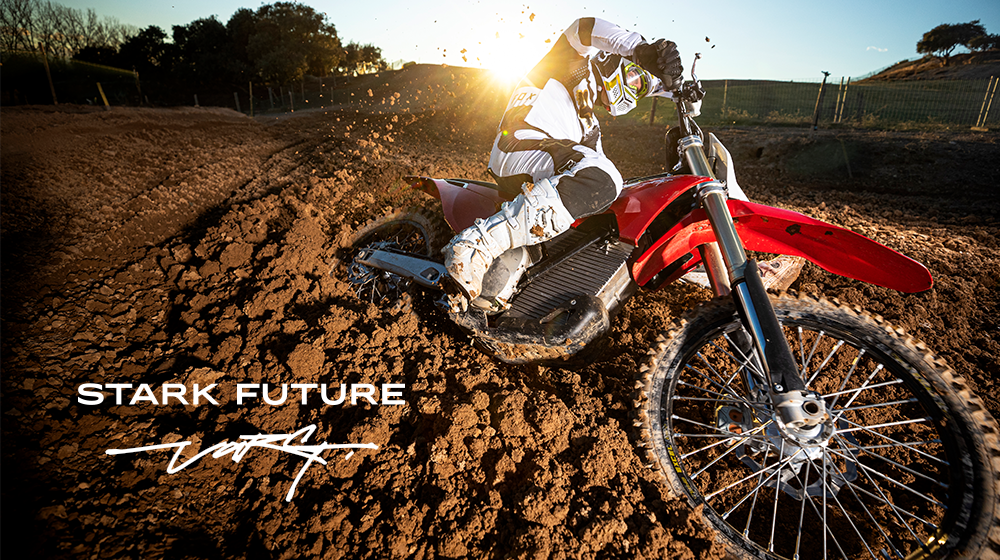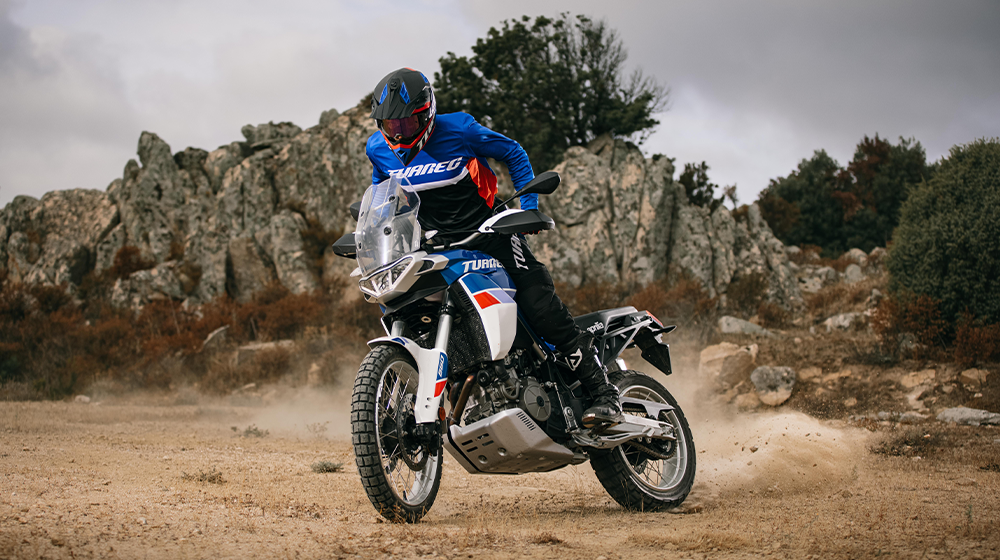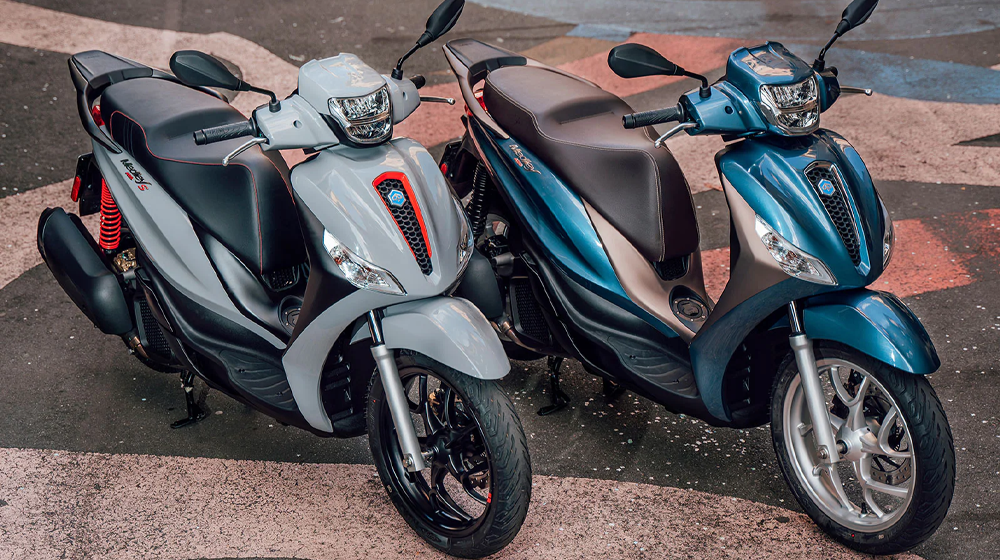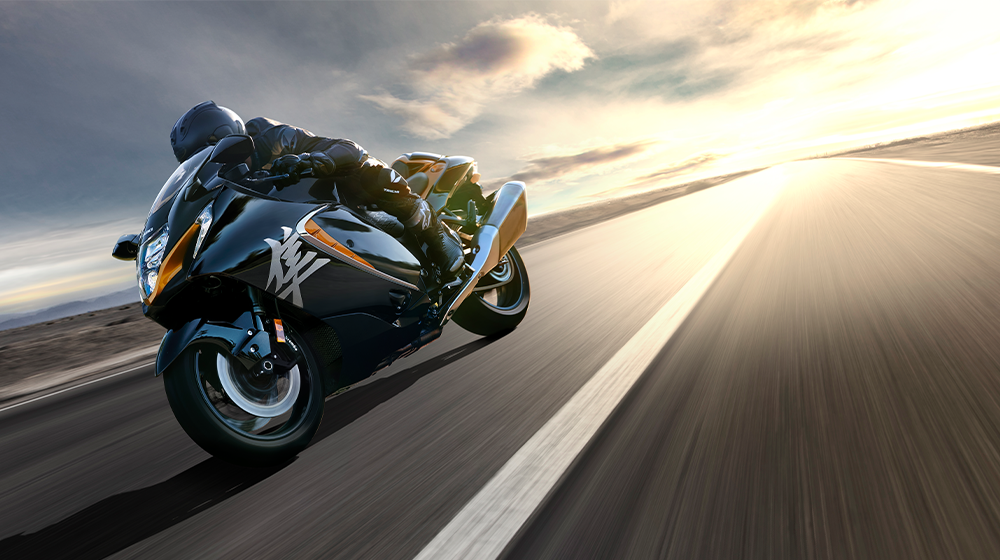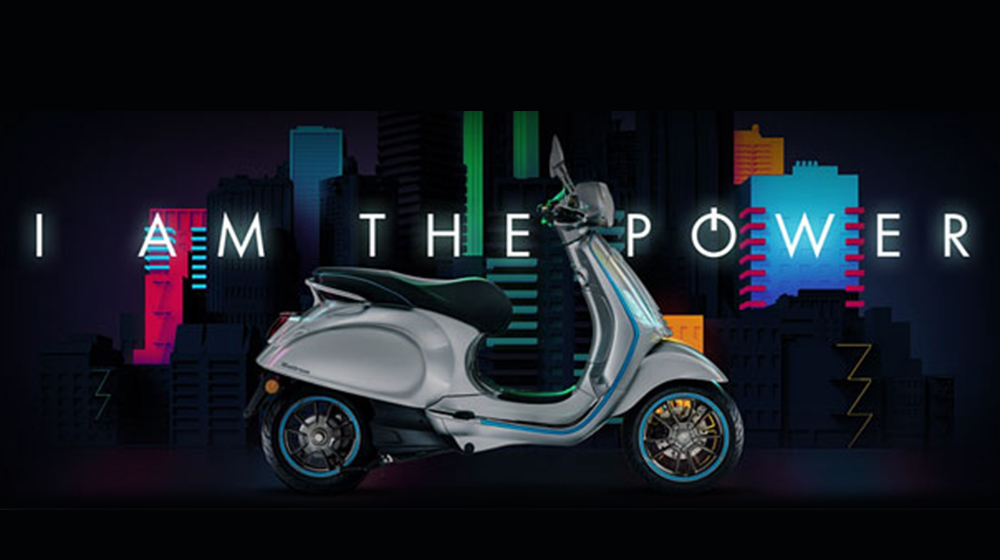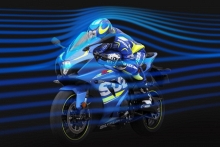
GSX-R1000 & GSX-R1000R
Suzuki returned to the drawing board when it came to its flagship superbike, designing and building a brand new machine using technology developed from competition in MotoGP. The chief engineer on the project, Shinichi Sahara, used his experience as a former MotoGP technical manager and project manager to develop a new power-plant that produces 199.2bhp at 13,200rpm - Suzuki’s most powerful GSX-R engine, ever – to make sure the GSX-R1000 can reclaim its crown as the king of sportsbikes.
Both the GSX-R1000 and GSX-R1000R utilise an all-new, 999.8cc inline four-cylinder engine, which uses Suzuki Racing Variable Valve Timing (SR-VVT), and a new finger-follower valve train as part of Suzuki’s Broad Power System. Developed for use on the firm’s GSX-RR MotoGP racer, the system allows the new engine to produce strong low-midrange power, before the variable valve timing system boosts top-end output.
Suzuki’s SR-VVT is a compact and lightweight mechanical system, that is built into the intake sprocket and is activated by centrifugal force, while the new finger-follower valve train is 6g lighter than a conventional bucket/tappet system, and allows the engine to rev higher and increases top-end power, with reliability.
Careful thought and planning also went into the engine’s dimensions and layout, to enhance the bike’s cornering performance. The cylinder block incline angle is moved backwards by 6 degrees, reducing the engine length by 22.2mm, the benefits of which are increased front-end feel and increased stability.
Inside the engine there are new pistons, pins, and rings, as well as new camshafts and titanium valves for higher peak power.
Competition in MotoGP has also led to the development of Suzuki’s most comprehensive and sophisticated electronics package, which features a six-directional IMU, 10-mode traction control system, Suzuki's Motion Track Brake System, and three-rider modes.
Setting the GSX-R1000R apart from the GSX-R1000 is the addition of a bi-directional quick-shifter and a launch control system that allows riders to make smoother, faster starts.
Both models utilise the 'anti-stoppie' function of Suzuki's Motion Track Brake System, but only the GSX-R1000R benefits from its cornering ABS function.
Suspending the GSX-R1000R is the latest generation of Showa’s Balance Free front forks and rear shock, which give more controlled performance and improve front-end feel. The GSX-R1000 model utilises Showa’s Big Piston front forks and Showa shock.
The GSX-R1000 is due to arrive in early in the spring, with the GSX-R1000R set for arrival later in the season.
GSX-R125
For the first time there is a brand new entry point into the GSX-R series for new riders, as Suzuki revealed an all-new GSX-R125.
The development of the GSX-R125 followed the same philosophy that has been applied to all GSX-Rs for the last three decades, with the smallest offering in the legendary range of sportsbikes boasting the best power-to-weight ratio, best torque-to-weight ratio, and best acceleration in its class, thanks to its new, single cylinder 125cc engine. It is also the lightest in the 125cc sportsbike category.
A LED stacked headlight maintains the GSX-R family identity, and there’s also a full LCD dash, and a new keyless ignition – a first for Suzuki – with the easy-start system used on the new flagship GSX-R1000.
New riders will be able to join the GSX-R family when the 125 variant arrives in dealerships in the summer



